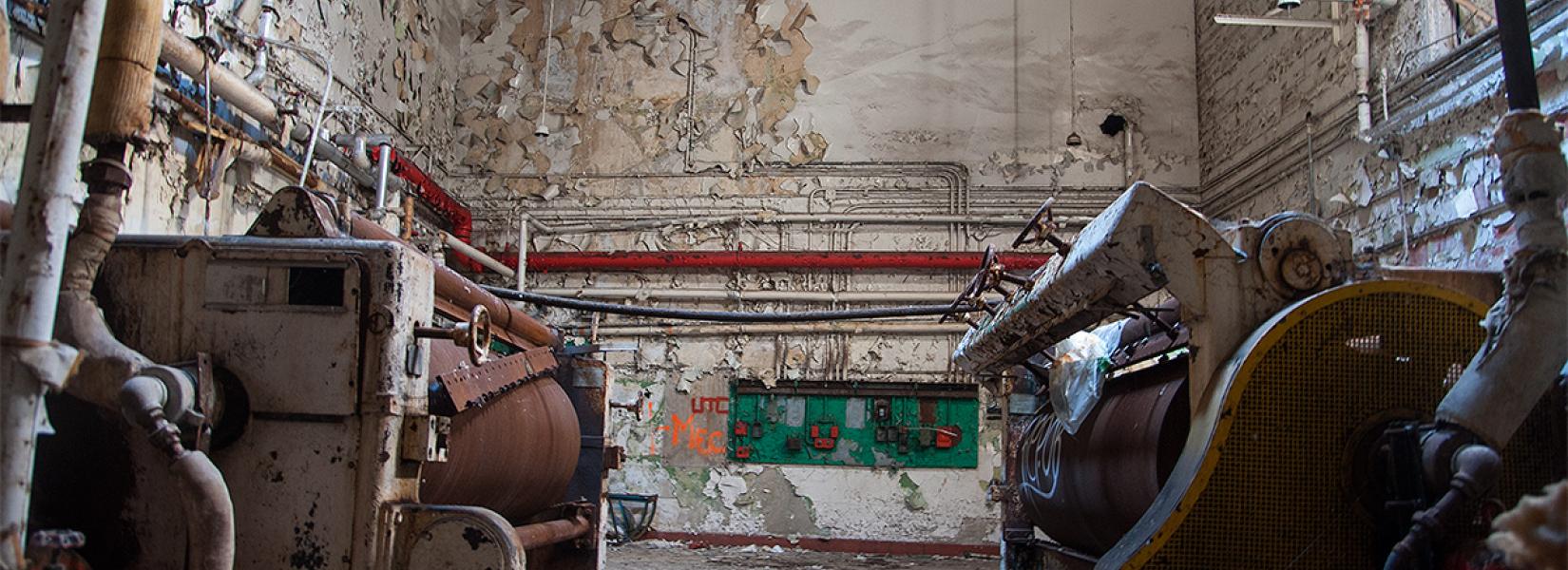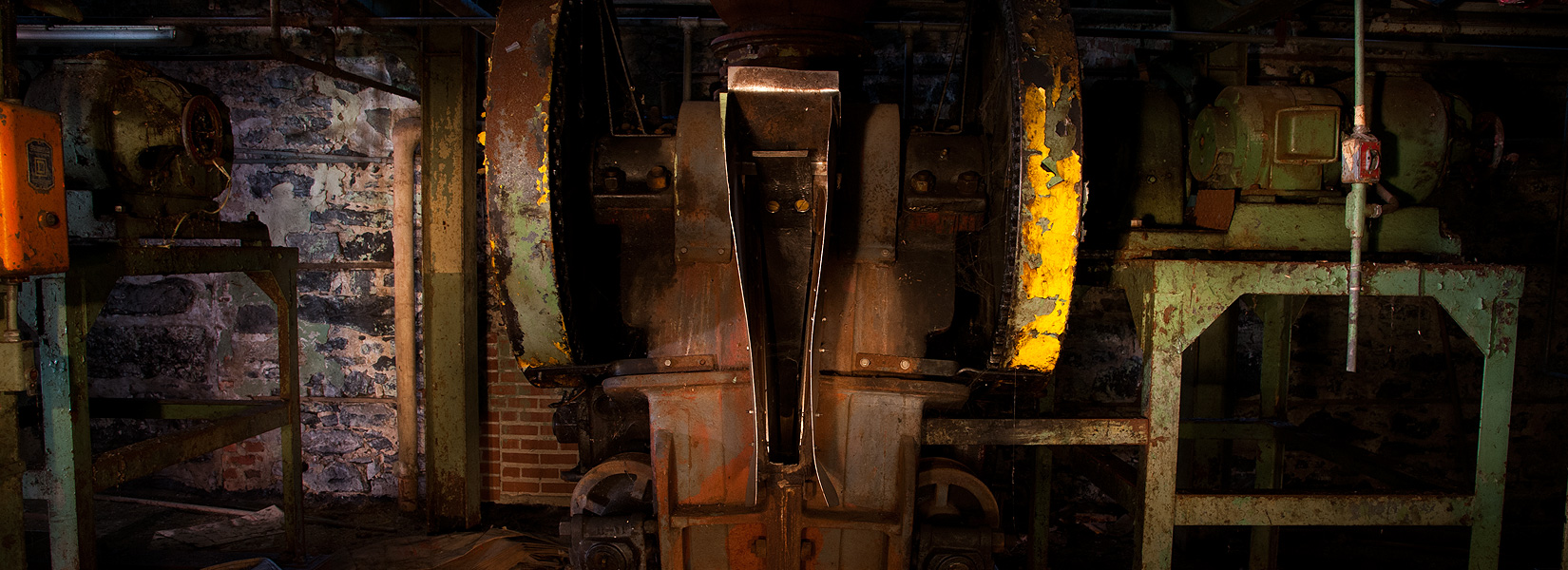The history of the Babcock & Wilcox in the Galindo valley began during the First World War when the difficulties of the Compañía de los Caminos de Hierro del Norte de España will result in the sale of the plant to the Babcock & Wilcox...
The curse of the Dow brewery
Contaminated with asbestos
Although this building was built around 1861, the history of the Dow brewery began nearly 60 years earlier, in 1790, when a farmer named Thomas Dunn started in the beer industry in La Prairie, who was an important stopover for travelers who went to New York from Montreal. At the time, travelers had to navigate from Montreal to Sorel on the St. Lawrence River and then, navigate the Richelieu River from Sorel to St-Jean-sur-Richelieu (formerly known as Dorchester, taking them a whole day. That might explain why many travelers preferred to go through La Prairie and then traveled on horseback to St-Jean-sur-Richelieu, where they boarded on boats to go to New York City. This shortcut cut at least half-a-day from their trip.
Anyway, let’s go back to the beer industry. In 1809, the brewery moves to Montreal on Notre-Dame street and then on St. Joseph street in 1818. The name "Dow Brewery" comes from James Dunn's business partner, son of Thomas: William Dow, a Scottish master brewer who takes the reins of the company in 1834.
Dow brewery's golden age will be in the first half of the twentieth century when the company possesses more than 60 buildings across Canada with more than 1,000 employees. Dow brewery will be behind the construction of the planetarium in Montreal in the early 1960s giving it its name: the Dow planetarium.
Advertisement and innovation
While Molson was the beer everyone was drinking in Montreal, Quebec City was a real fortress for Dow brewery. 85% of all beer drank in Quebec City, and 51% of the beer consumed in the rest of the province came from the Dow brewery. Known as a pioneer in promotion and marketing, they said at the time that Dow innovated and then the others followed.
The collapse
Between August 1965 and April 1966, more than 48 hospital patients in the Quebec region were diagnosed with an unusual cardiac disease. Fifteen of them will die. While fingers were quickly pointed at their alcoholism, the Dow brewery was put under the spotlight when journalists found an enzyme in the beer, the cobalt salt, who was added to increase foam production. This enzyme was suspected as the cause of these men's death.
Although no link was found between Dow beer and the death of these men, the brewery tried to show their credentials by pouring the remaining stocks in the St-Lawrence River and also stopped the beer production in its Quebec City’s brewery. This operation was a real mess and, on the contrary, people saw these acts as a recognition of guilt.
And thus, in only one year, Dow brewery lost nearly all its market share in Quebec. The following year, in 1967, the brewery was sold to O'Keefe, its competitor. It was then sold to Molson in 1989. Although the Dow beer will be brewed until 1998, Dow won’t ever recover from this dark history.
The building on Notre Dame Street is abandoned since 1998 and is contaminated with asbestos. A portion of the complex was converted into condos and some other buildings now owned by Molson-Coors have since been sold.
Related content
Destroyed by mechanical shovels in 2011, it is a true slice of history of the city of Saint-Jean-sur-Richelieu who was destroyed that day in February. The adventure of the Singer factory has lasted over 100 years and has gave work to thousand of...
Located in Gloversville near Albany NY, this abandoned factory is ready to crumble. Before 1870, Gloversville was a small village called Stump City. When it became an incorporated village in 1853, the name was changed to Gloversville due to the...
The Coal mine of Hasard de Cheratte is the main colliery of Société anonyme des Charbonnages du Hasard, composed of four mine shafts. It is located in Cheratte, a section of the Belgian town of Visé located in the Walloon Region in the province...

































































































